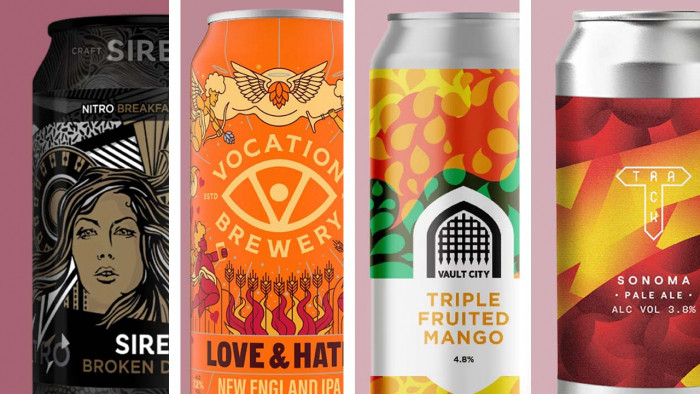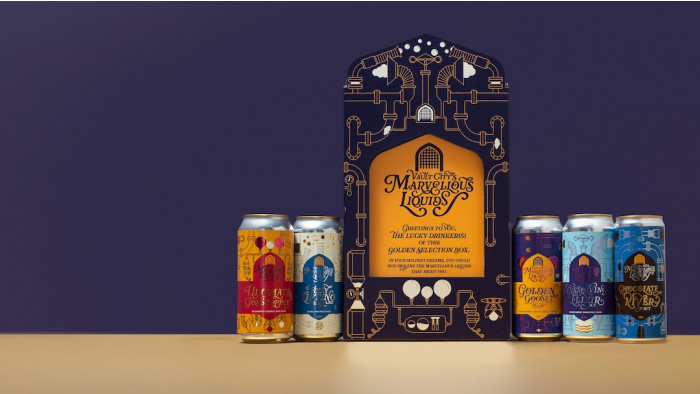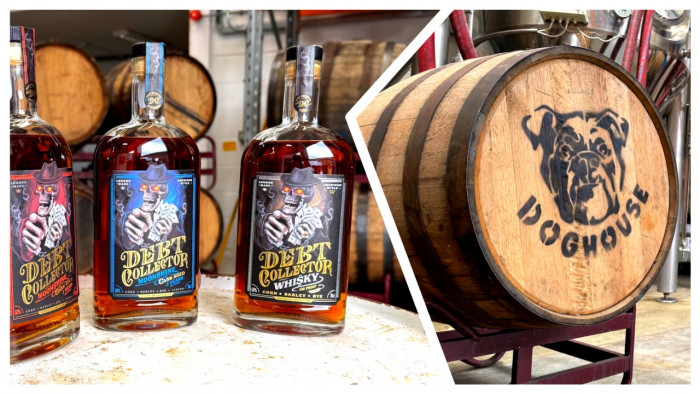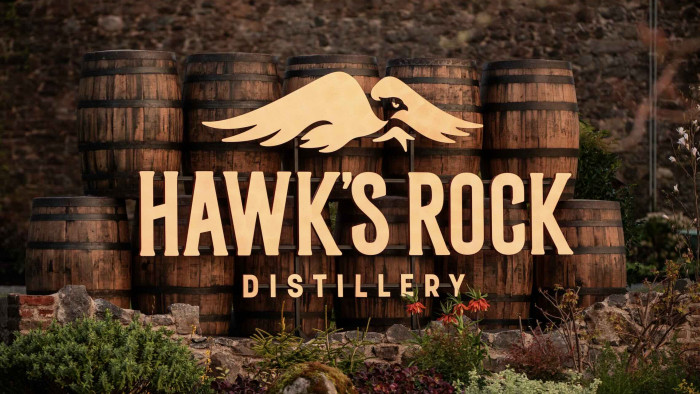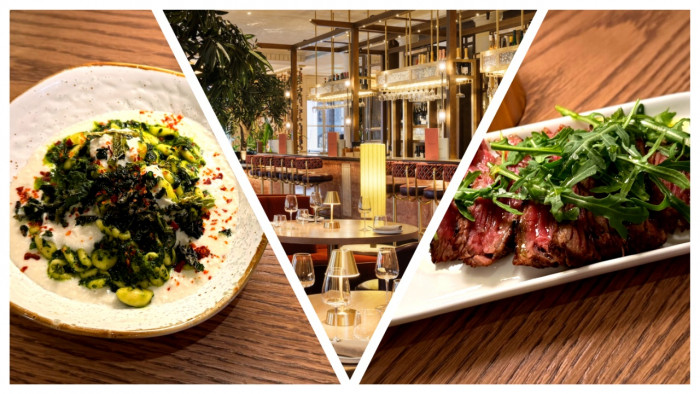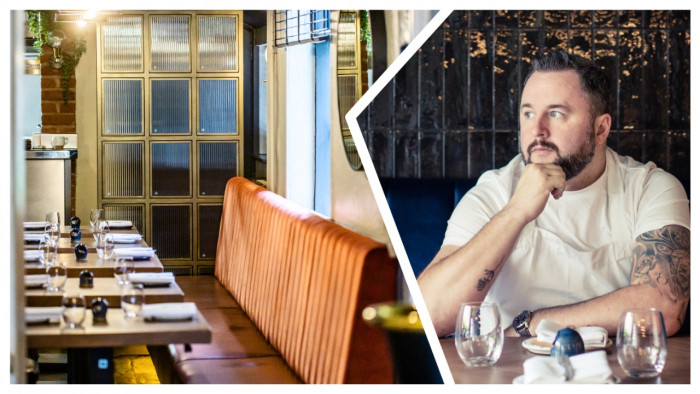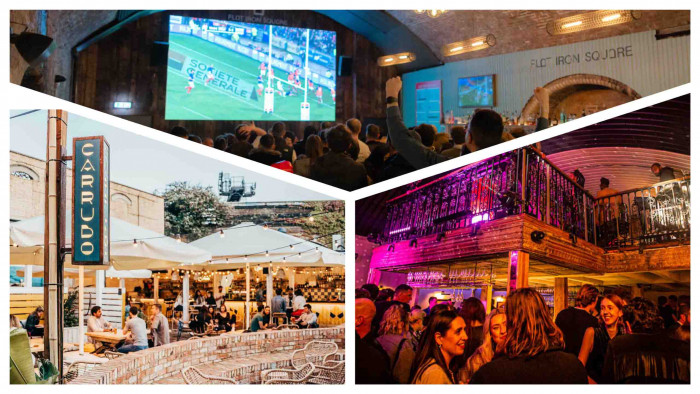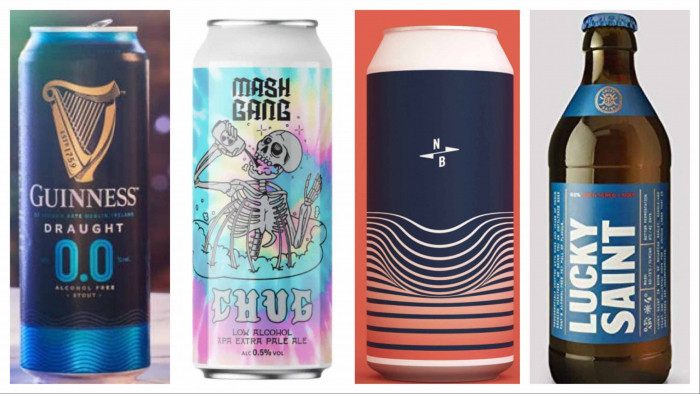Rib-eye is the best steak cut. If you don't agree, we will fight you. And we will win. What we're not so sure about is which wines work best with rib-eyes from around the world. Thus we went to one of London's finest steak restaurants, MASH, to sample their Uruguayan, American and Danish rib-eyes, while their top sommelier (Christian Jacobsen) told us which wines work best. It really is a tough job, this one...
Uruguayan Rib-Eye
Good Value: Rivers-Marie, Pinot Noir, Sonoma Coast, CA, 2011
Blow the budget: Williams-Selyem "Rochioli Riverblock", Russian River Valley, CA, 2009
The Uruguayan Herefords are about 18 months when butchered making it the youngest of the variety of breeds. The grass- and grain-fed cattle are as close as you come to veal with it still being a full-grown cow (a teenage-cow so to speak). It has a mild spicy flavour with medium intensity and a good fat marbling calling for a light-hearted wine with high acidity. Grenache-based wine from northern Spain, dry Douro reds as well as fresh Cabernet Franc-based wines from the Loire do the job well. My favourite pairing however is American Pinot Noir, especially from the cool Sonoma Coast and Russian River Valley appellations in California. The freshness and smooth structure of the wines provides the perfect match. The acidity breaks down the fat of the rib-eye, cleaning the palate, whilst the flavours don’t overpower the gentle Uruguayan beef. Cobb, Williams-Selyem, Kutch and Rivers-Marie are all good producers and are on top of their game.
_________________________
American Rib-Eye
Good Value: Charles Smith "No Bull", Syrah, Columbia Valley, WA, 2011
Blow the budget: Dunn Vineyards, Cabernet Sauvignon, Howell Mountain, CA, 2004
The American Prime cattle are about a year older than its Uruguayan cousins and have a 200-day feast with nothing but sweet corn prior to butcher. The starch in the corn transforms into sugar and brings a strong marbling as well as rich buttery flavour. The American rib-eye is the essence of immediate joy and a steak that doesn't need much interpretation. It's being calls for a wine of the same exuberance. I like to go new world with the American cuts although "Super-Tuscans", good-vintage Bordeaux and the warm appellations surrounding the Mediterranean are good options too if you feel like staying local. Obviously, I am going American again, and my favourite places to look is either in the mountain appellations within Napa Valley in California or the Columbia Valley in Washington State, where cool nights preserve the freshness in the grapes (you really want some acidity in the wine to break down the fat). Dunn Vineyards up on Howell Mountain is as good as it gets, and Snoqualmie and Charles Smith in Washington State brings good value to the table. But that is really just to mention a few.
________________________
Danish Rib-Eye
Good Value: St. Joseph, Pierre Gonon, Rhône, France, 2009
Blow the budget: Barolo "Ravera", Vietti, Piedmont, Italy, 1999
Last, but not least, the Danish 70-day dry-aged beef serves a mention. It's very different from the two previous cuts and naturally calls for a different type of wine. The Danish beef is as flavoursome as you can imagine. The long aging-process builds up a lot of gamy, rustic flavour and the higher proportion of proteins and lower amount of meat juice (lost by evaporation) demands a more tannic and structured wine. I like to stay in Europe when pairing wine with the Danish cuts. Tuscan Sangiovese, Piedmontese Nebbiolo and Northern Rhône Syrah are all great companions to the Danish rib-eye. If you are looking for value, St. Joseph and Cornas will treat you good. Go Barolo or Brunello and choose a bottle with up to a decade on it's back and you will find the (near) perfect match in terms of structure and flavour but expect to pay for it.
Latest
Related Reviews and Shortlists

